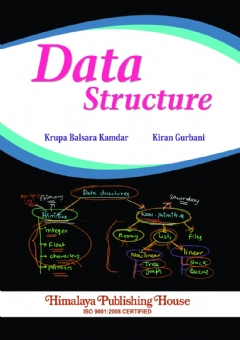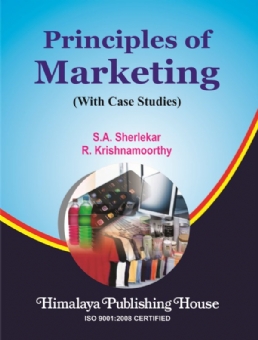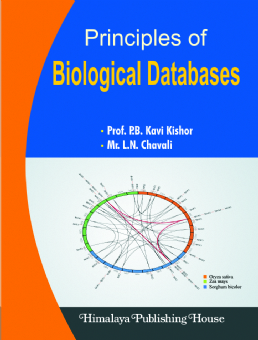It gives us immense pleasure to present the “Data Structures” book to the teachers and students of B.Sc. Computer Science, First Year, Second Semester. This book meticulously follows the revised syllabus pattern of Mumbai University which has been proposed in the current academic year, June 2016.
The standard second course in Computer Science has traditionally covered the fundamental data structures and algorithms, but more recently these topics have been included in the broader topic of abstract data types. The importance of designing and using abstract data types for easier modular programming is emphasized throughout the text.
The traditional data structures are also presented throughout the text in terms of implementing the various abstract data types. Multiple implementations using different data structures are used throughout the text to reinforce the abstraction concept. Common algorithms are also presented throughout the text as appropriate to provide complete coverage of the typical data structures course.
The basic concepts related to abstract data types, data structures, and algorithms are presented in the first four chapters. Later chapters are build on these earlier concepts to present more advanced topics and introduce the student to additional abstract data types and more advanced data structures.
In recent years, many universities have begun to adopt the Python language for introducing students to programming and problem solving. Python provides several benefits over other languages such as C++ and Java, the most important of which is Python that has a simple syntax which is easier to learn. This book expands upon the use of Python by providing a Python-centric text for the data structures course.
Contents –
UNIT I
1. Abstract Data Types
2. Arrays
3. Sets and Maps
4. Algorithm Analysis
5. Searching and Sorting
UNIT II
6. Linked Structure
7. Stack
8. Queue
9. Advanced Linked List
UNIT III
10. Recursion
11. Hash Table
12. Advanced Sorting
13. Binary Tree
14. Search Tree
Practicals
1: Linear Search
2: Binary Search
3: Sorting Algorithms
4: Set
5: Stack Implementation
6: (a) Infix to Postfix Conversion (b) Postfix Evaluation
7: Queue
8: Linked List
9: Binary Tree
10: Recursion







